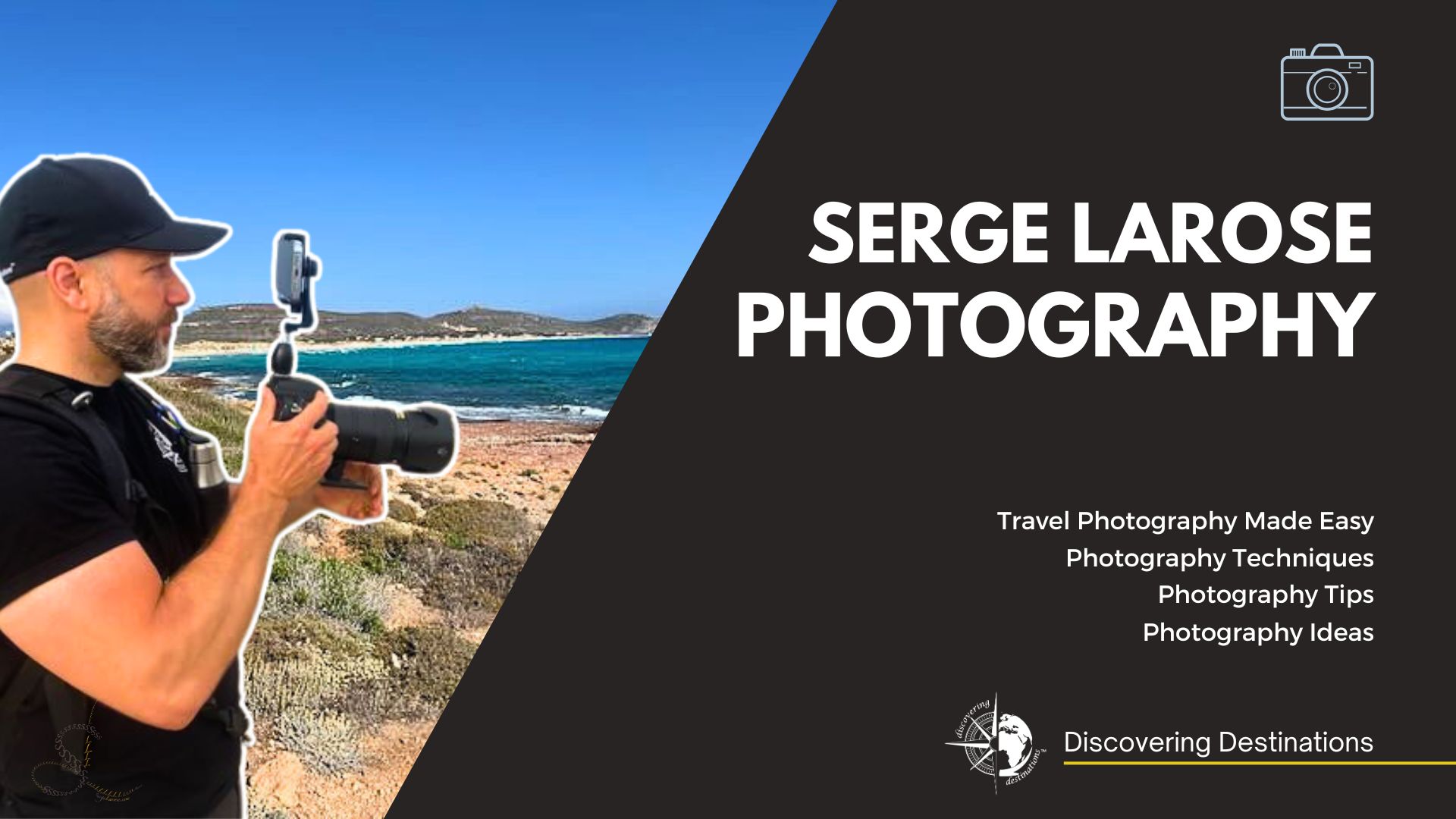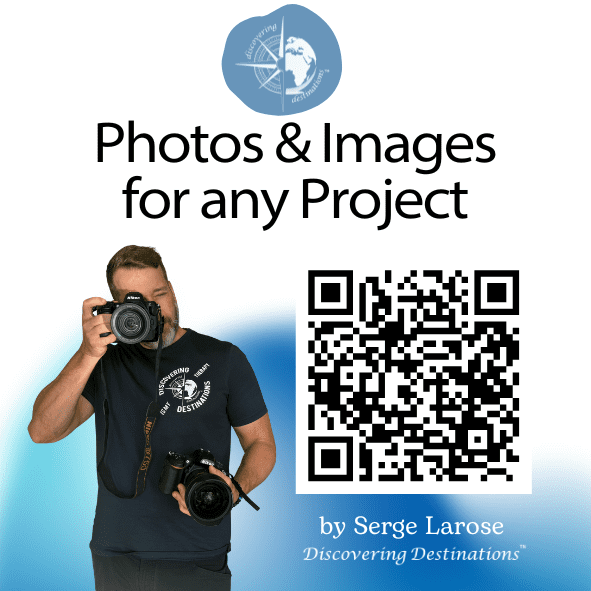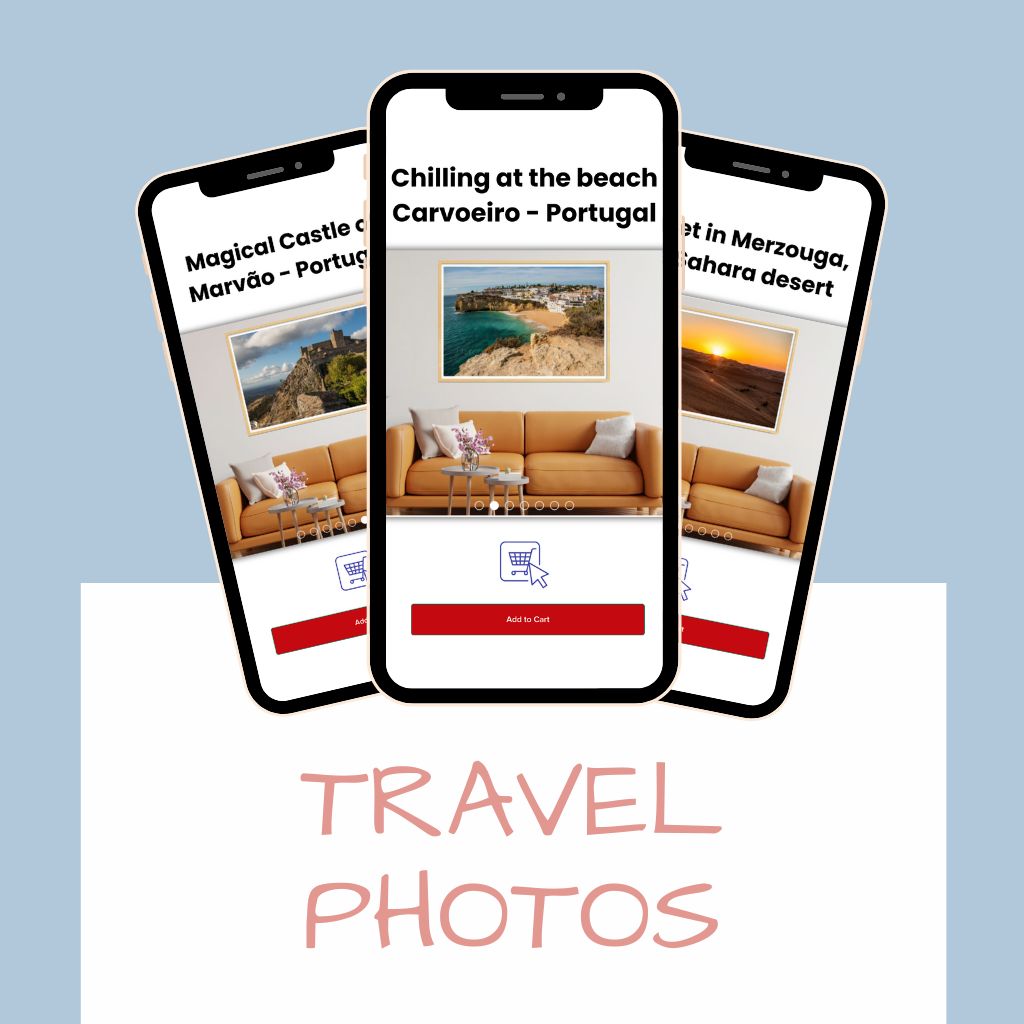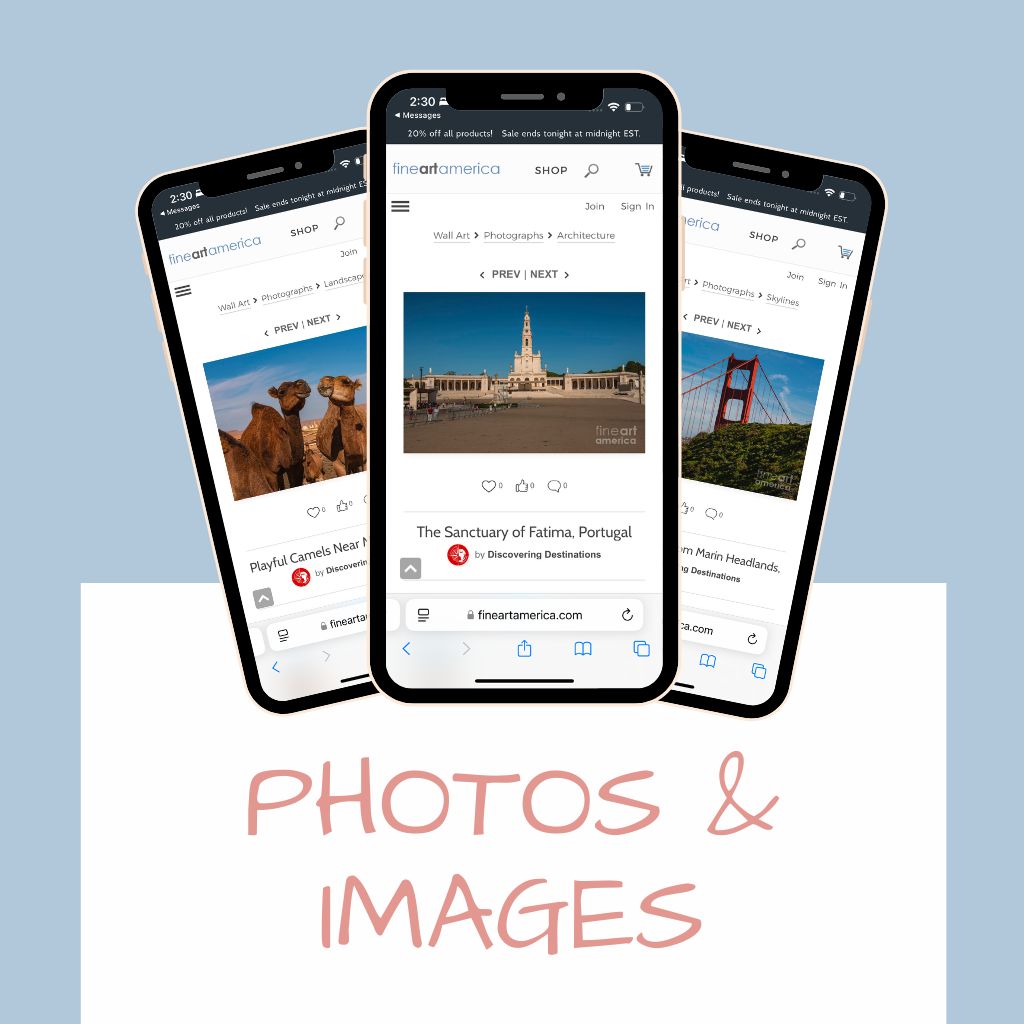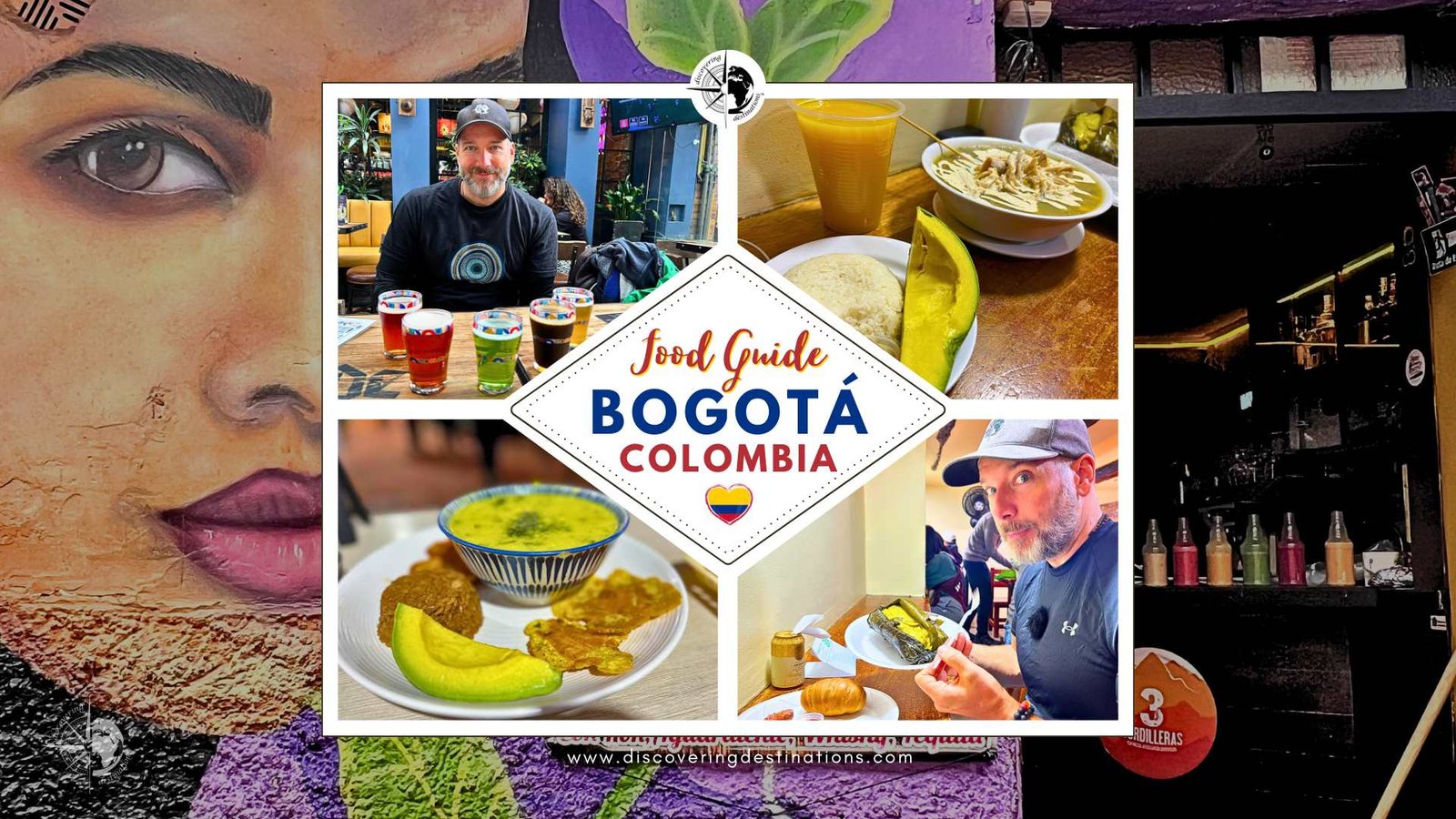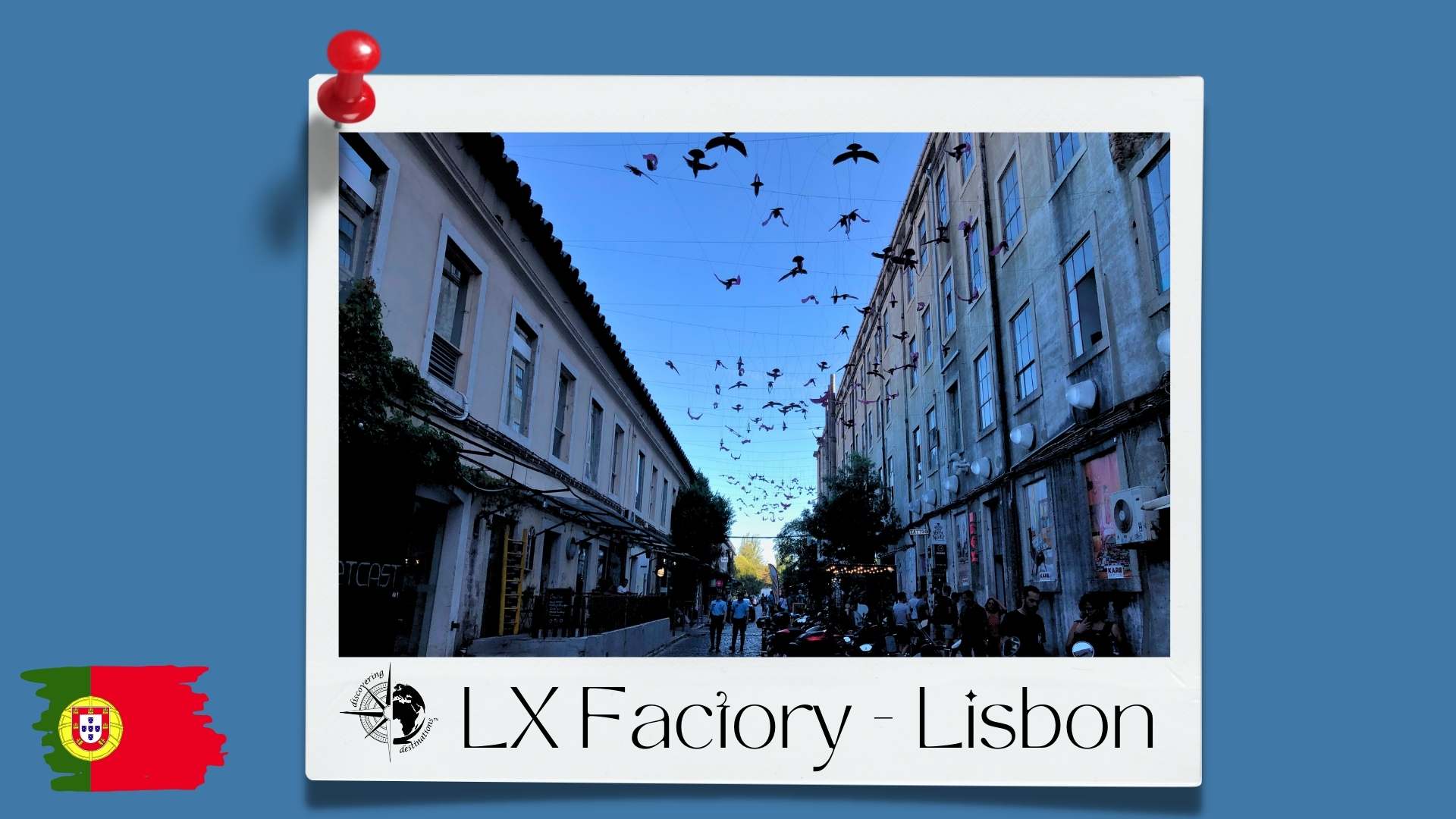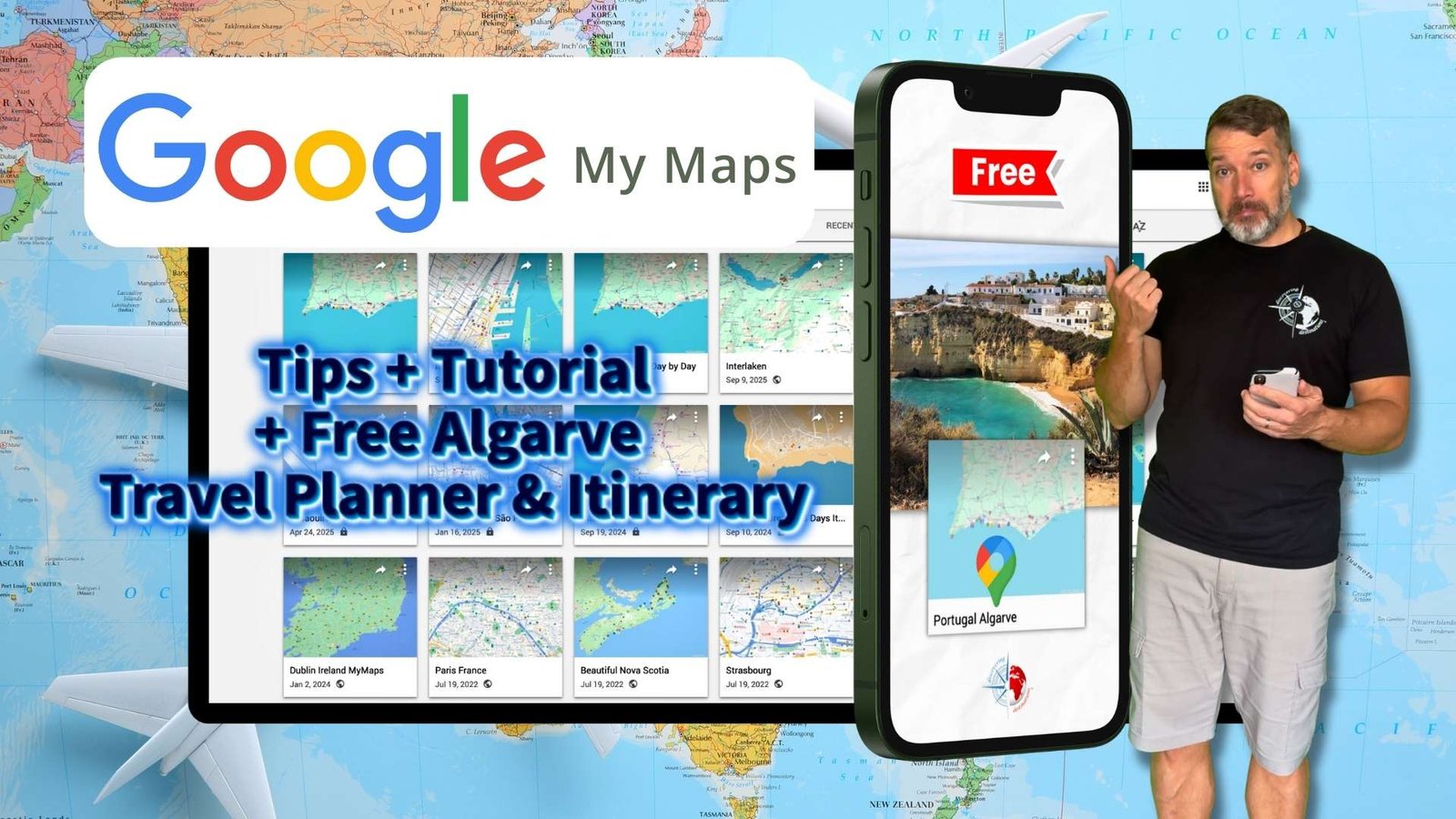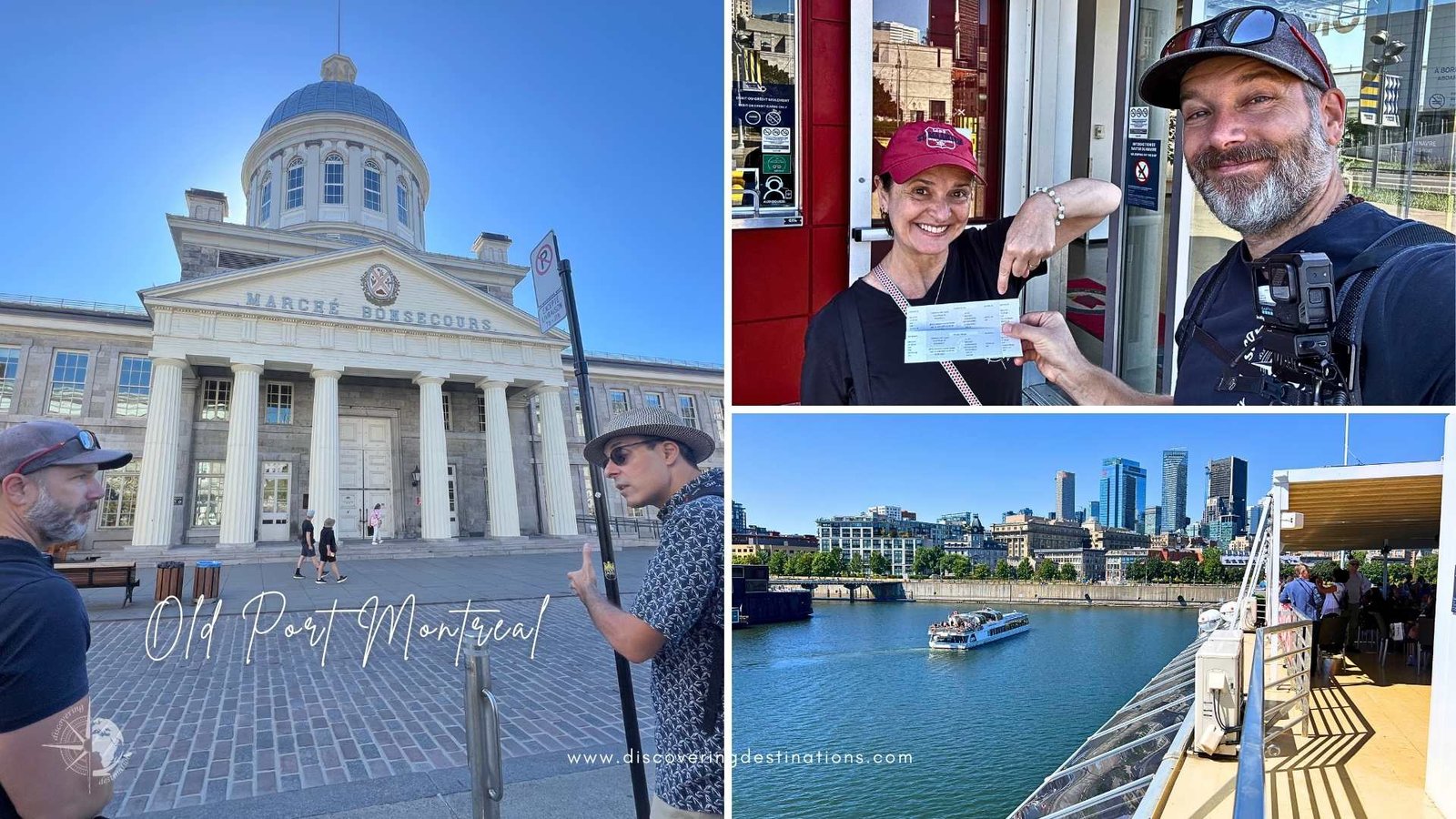Travel photography doesn’t have to be complicated or intimidating. In fact, with a little guidance, the right gear, and some insider tips, it can be one of the most rewarding ways to capture memories from your adventures.
That’s why in this blog, I, Serge Larose, will share my personal journey of discovering photography, along with practical advice for beginners and the gear that has transformed my travel experiences.
Whether you’re just starting out or looking to improve your skills, these tips will help you take stunning photos and tell the stories behind them.
So, let’s dive into the world of Travel Photography Made Easy and start capturing unforgettable moments together!

DISCLOSURE NOTE: 👉 Our Blog Post contain few affiliate links to products We personally use, trust, and suggest. These help support our efforts in creating valuable and informative content.
When you make a purchase or engage with our affiliate partners through these links, we may earn a small commission at no extra cost to you. Your support enables us to continue producing quality content and exploring new topics. Thank you for being a part of our journey and helping us grow! Sharing is caring ! Click here to learn more.
Table of Contents
Toggle- Photography: The Aspiration to Create
- Travel Photography Made Easy – Learning the Ropes
- From Video to Photography
- Snap, Save, Share
- Stepping Up to Full Frame
- Upgrading to a High-Megapixel Camera: My Photography Journey
- Nikon Z8 Body Only
- Gratitude, Growth, and Next Steps
- Photography Tips You Didn’t Know You Needed
- The Value of Shooting in RAW
- Backup Your Files
- Find Your Style
- Be Patient
- Analyze and Improve
- Additional Photography Tips to Elevate Your Game
- Ask Permission Before Taking Photos
- Plan for Camera & Accessory Restrictions
- Prioritize Security
- Master the Exposure Triangle
- Know Your Lighting
- Carry Spare Batteries and Memory Cards
- Practice Composition Techniques
- Keep Your Gear Clean and Maintained
- Use Editing Tools Wisely
- Tell a Story with Your Photos
- Be Prepared for Rain
- Invest in Lens Protection
- Commonly Asked Questions for Beginners
- Start Your Photography Journey Today
Photography: The Aspiration to Create
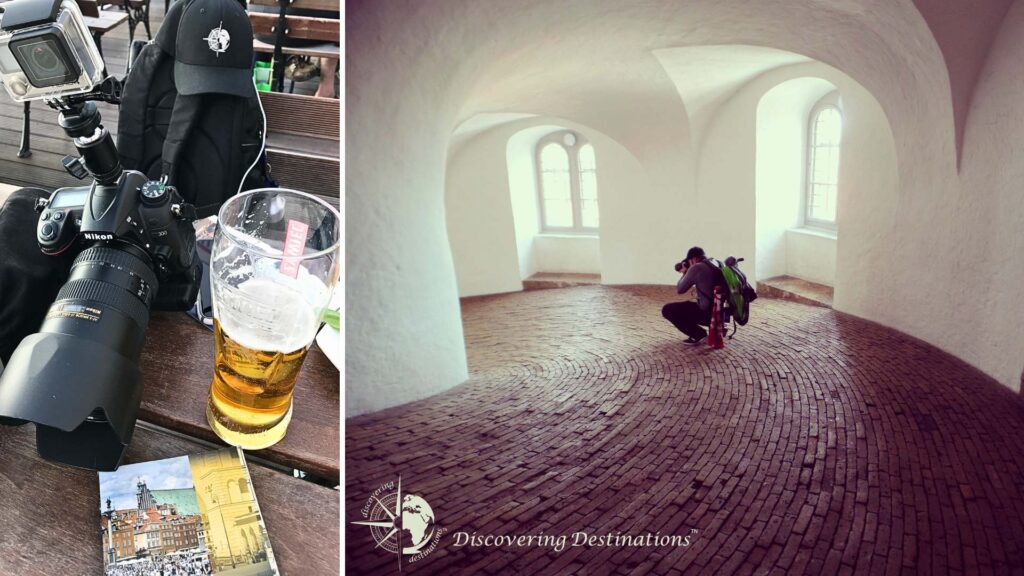
Photography has always been more than just a pastime for me—it’s been a way to capture emotions, tell stories, and freeze fleeting moments in time.
My journey into photography began long before I picked up a DSLR (Digital Single-Lens Reflex), rooted in my love for film and cinema. I dreamt of creating moving pictures, but it wasn’t until 2015-2016 that this dream took shape.
A conversation with a colleague, who worked in television, changed everything.
I shared my passion for recording vacations and my desire for something beyond a GoPro. He introduced me to Nikon cameras and a store with great deals on unboxed items. Inspired, I purchased my first DSLR, a Nikon D7000.
Initially, I saw it as a tool for video recording, but little did I know, photography would soon become my main creative outlet.
This passion eventually led me to combine my love for photography with my love for travel, which is how Discovering Destinations and the blog Travel Photography Made Easy: My Story, Gear Recommendations, and Insider Tips were born—a way to inspire and guide others to capture unforgettable moments from their own adventures.
Travel Photography Made Easy – Learning the Ropes
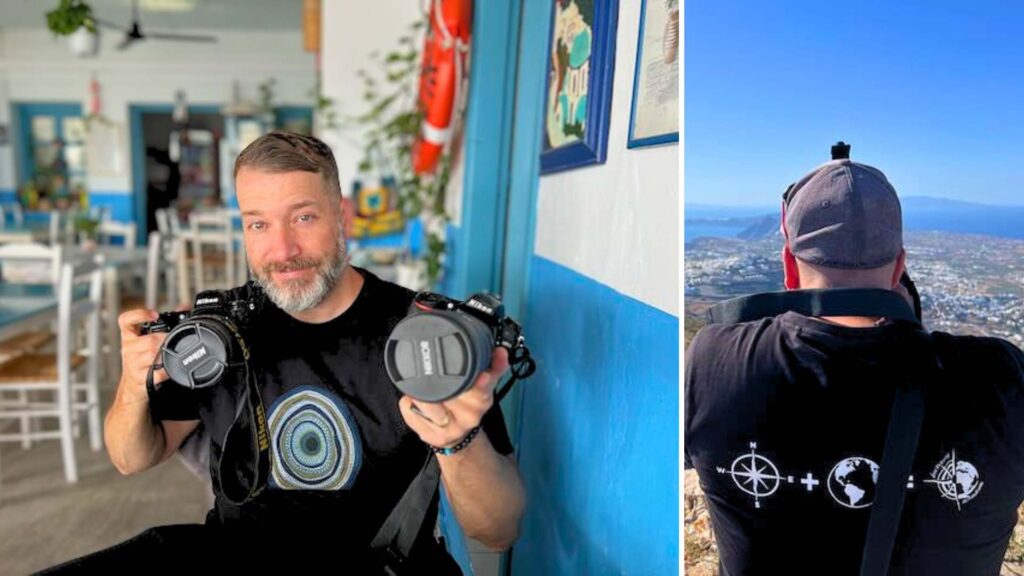
Unboxing my Nikon D7000 was exciting yet overwhelming. The buttons, settings, and options seemed endless. I turned to YouTube, devouring tutorials that encouraged beginners to move beyond Auto mode and explore manual settings like ISO, aperture, and shutter speed.
However, my early attempts often ended in frustration with blurry, poorly lit photos.
But I didn’t give up. Through trial and error, I slowly began to understand the intricacies of light, composition, and technical settings. Each failed attempt taught me something new, and over time, my photos began to reflect the passion I had for capturing the world through my lens.
That’s why I decided to share my learning experience here. I believe that with the right tips and guidance, anyone can make Travel Photography Made Easy and start capturing stunning moments from their own adventures.

From Video to Photography
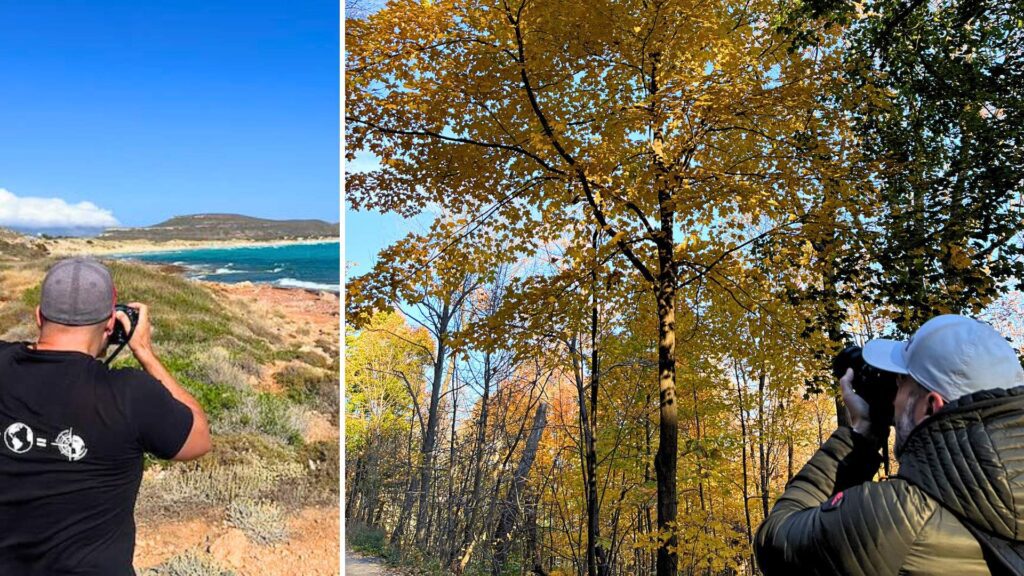
My original focus was on video, but as technology advanced, I noticed that DSLR footage often felt shaky compared to the stability and quality offered by smartphones. This realization pushed me toward photography.
I found myself captivated by the art of still images—moments frozen in time, each telling its own story. This shift in focus reignited my creativity and encouraged me to experiment with different lenses to expand my skills.
Here’s a quick tip: Choose what you’re passionate about—whether it’s nature, cityscapes, or capturing people. Focusing on something you love will help you improve your skills more quickly by keeping you motivated and engaged.
For me, I love travel, but my heart lies in photographing nature. This passion has taken me to incredible places where I’ve been able to practice, refine my craft, and capture the beauty of the world around me.
Snap, Save, Share
Discover our stunning travel photos by Serge Larose on Fine Art America. Choose from a variety of print options, including wall art, canvas, and more, to enhance your space or inspire your next adventure. Perfect for home or office decor, these high-quality prints bring the beauty of the world to your fingertips. Start exploring today!
Stepping Up to Full Frame
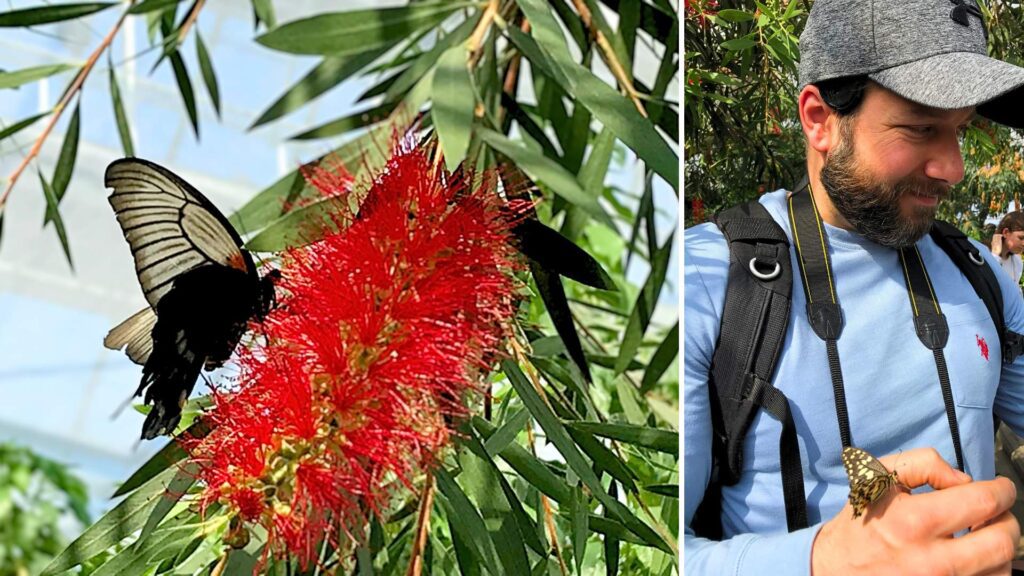
By 2018, I was ready to elevate my craft. I invested in a Nikon D750, a full-frame camera.
The transition wasn’t seamless—my existing DX-format lenses weren’t compatible, which meant investing in new gear. I chose versatile lenses with a 2.8 aperture, opening up new creative possibilities.
These upgrades enabled me to capture sharper, high-quality images in various settings.

Upgrading to a High-Megapixel Camera: My Photography Journey
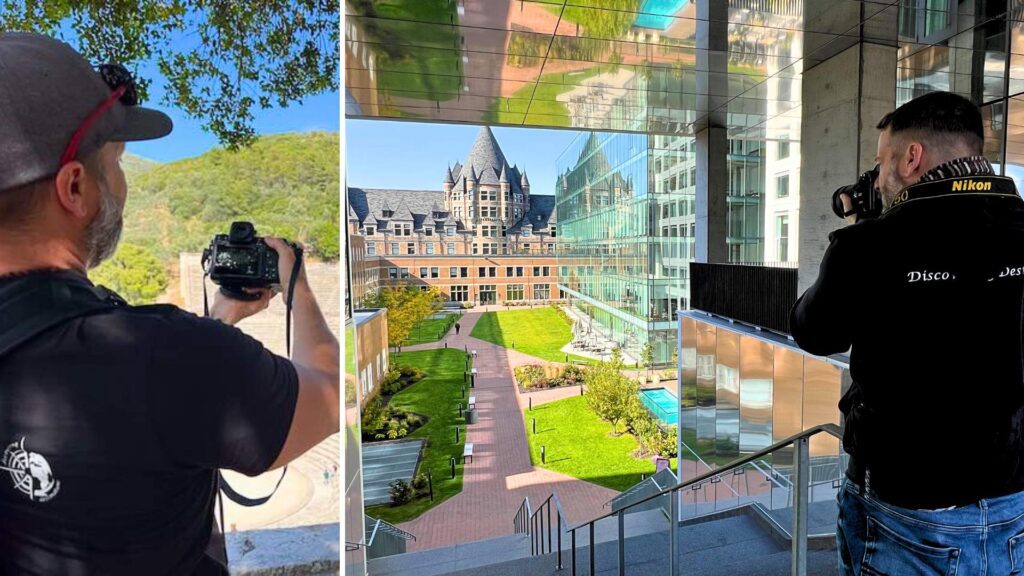
As my skills and ambitions grew, so did my goals.
I envisioned my photos gracing billboards, which led me to my latest upgrade—the Nikon Z8. With its high megapixel count, this camera unlocked a new level of detail and clarity.
Travel Photography Made Easy – Quick Tip: If you’re considering upgrading your gear, think about your long-term goals. Are you planning to print large images, improve low-light performance, or explore specific styles like wildlife or portraits? Understanding your needs will help you choose the right camera or lens for your journey.
The positive feedback I’ve received since this upgrade has been both humbling and inspiring.
Nikon Z8 Body Only
The Nikon Z8 body for photographers seeking pro-level performance, versatility, and unmatched image quality in a compact form.
Key Features:
- 45.7MP FX-Format Sensor: Exceptional resolution for sharp, vibrant images.
- Lightweight Design: Combines portability with advanced features for on-the-go shooting.
- 4K Video Recording: Deliver stunning, cinematic videos with ease.
Gratitude, Growth, and Next Steps
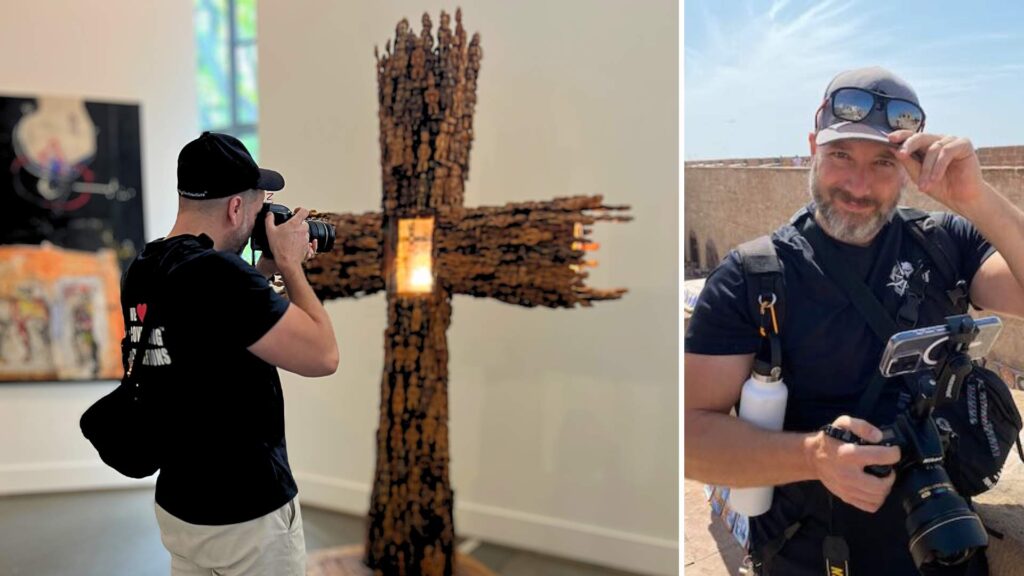
Looking back, I’m deeply grateful for the challenges that shaped my photography journey.
From shaky beginnings to discovering my creative voice, every step has been a valuable learning experience. Online resources and supportive communities have played a huge role in helping me hone my skills.
Today, photography is more than just a hobby—it’s a passion that continues to grow and inspire me.
I’ve learned so much along the way, and now, I’m excited to share those insights with you.
Whether you’re a beginner or looking to refine your skills, these tips will help you capture stunning photos and embrace your own journey into photography.

Photography Tips You Didn’t Know You Needed
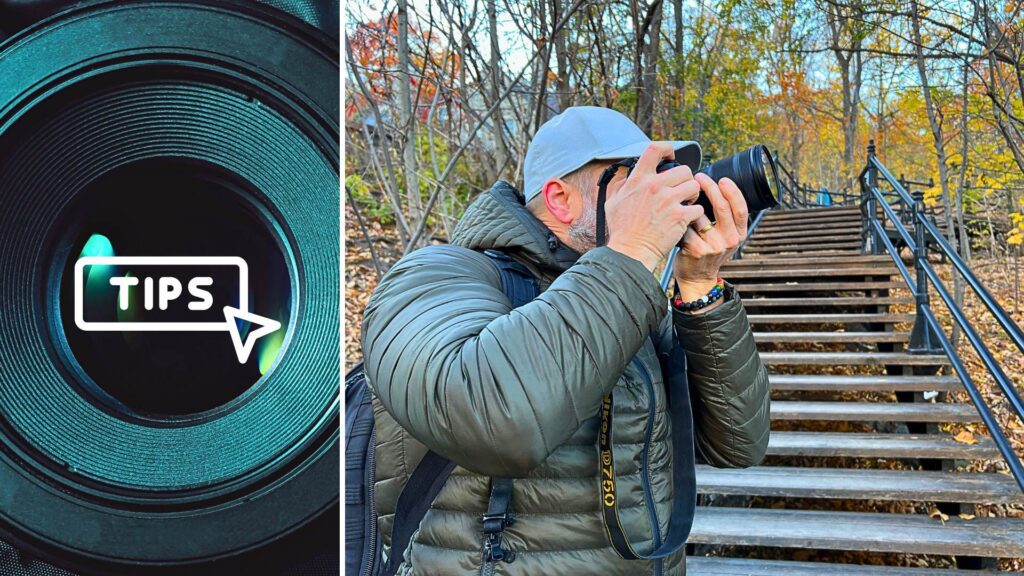
Photography is a journey filled with opportunities to learn, experiment, and grow. Along the way, you’ll encounter challenges that can shape your skills and creativity.
To make your journey smoother, I’ve compiled a list of essential tips—some of which you might not have considered before.
These insights are based on my own experiences and are designed to help you navigate everything from technical settings to practical considerations while shooting in public spaces.

The Value of Shooting in RAW
- Why it matters: RAW files retain more image data than JPEGs, giving you greater flexibility during editing.
- Tip: Always shoot in RAW if you plan to edit your photos.
Backup Your Files
- Why it’s important: Losing photos is heartbreaking and often avoidable.
- Tip: Use external hard drives and cloud storage. If your camera has dual card slots, set one as a backup.
Find Your Style
- Why it helps: Exploring different genres—landscapes, portraits, or street photography—can help you discover what excites you most.
- Tip: Let your style emerge naturally over time.
Be Patient
- Why it’s key: Great shots often take time, whether you’re waiting for perfect light or experimenting with settings.
- Tip: Patience pays off—practice until you’re satisfied.
Analyze and Improve
- Why it matters: Reviewing your work helps identify strengths and areas for improvement.
- Tip: Compare your photos to professionals to learn about composition and lighting.

Additional Photography Tips to Elevate Your Game
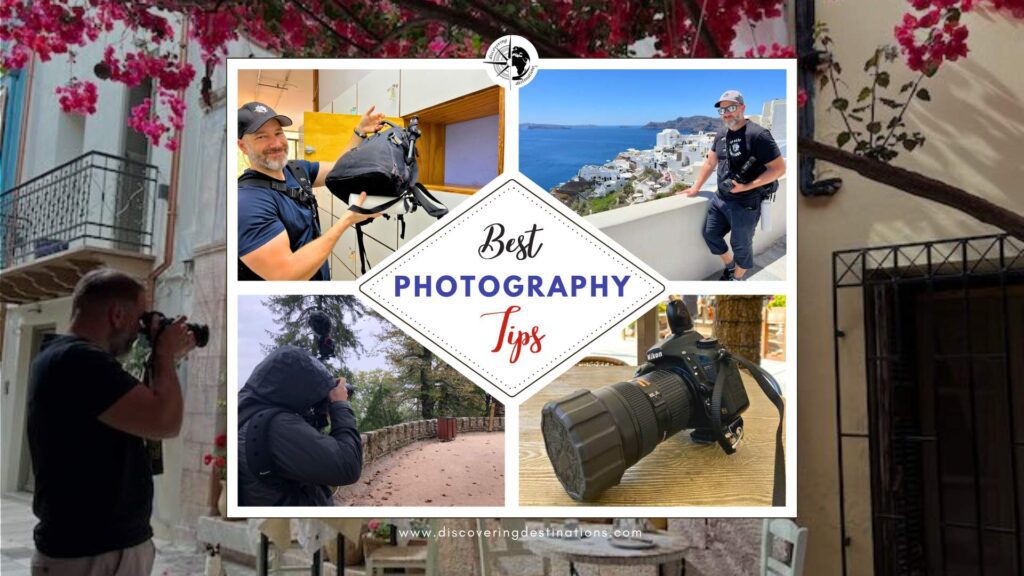
Here are some extra tips for Travel Photography Made Easy:
Ask Permission Before Taking Photos
- Why it matters: Certain places, like museums, events, and churches, have restrictions on photography to protect copyrights or preserve delicate materials.
- Example: During our visit to the Art Space Art Gallery – Winery – Museum in Greece, photography inside was prohibited. Similarly, many museums in Europe enforce strict rules on professional cameras, especially in galleries showcasing famous artwork. Always check for signs or ask permission to avoid any issues.
Plan for Camera & Accessory Restrictions
- Why it’s important: Places like the Lello Bookstore in Porto, Portugal, or the Afro Museum in Ibirapuera Park, São Paulo, allow photography but restrict large backpacks or tripods.
- Tip: Use a small bag or camera strap so you can still bring your gear without needing to leave it in a locker. Planning ahead ensures you won’t miss any photo opportunities.
Prioritize Security
- Why it matters: Expensive cameras can make you a target in crowded or less secure areas.
- Tip: Consider using a smaller camera for high-risk locations or invest in camera insurance. Alternatively, joining group tours or private tours, such as those offered by GetYourGuide, can provide a safer environment for photography and allow you more time to capture the perfect shot.
Master the Exposure Triangle
- Why it’s essential: Understanding ISO, aperture, and shutter speed is the foundation of great photography.
- Tip: Practice adjusting these settings manually to gain full creative control over your shots.
Know Your Lighting
- Why it’s key: The quality of light can make or break your photo.
- Tip: Take advantage of natural light during golden hour (early morning or late afternoon) for soft and flattering results. For low-light situations, consider a fast lens with a wide aperture.
Carry Spare Batteries and Memory Cards
- Why it helps: Running out of storage or power can ruin a shoot.
- Tip: Always carry fully charged spare batteries and extra memory cards. They’re lifesavers during long photo sessions or while traveling.
Practice Composition Techniques
- Why it matters: A well-composed photo draws the viewer’s eye and tells a better story.
- Tip: Experiment with the rule of thirds, leading lines, and framing to create visually striking images.
Keep Your Gear Clean and Maintained
- Why it’s essential: Dust and dirt can affect image quality and damage your equipment over time.
- Tip: Regularly clean your lens and camera sensor, and store your gear in a protective case when not in use.
Use Editing Tools Wisely
- Why it helps: Post-processing can elevate your photos but should be done in moderation.
- Tip: Start with basic adjustments like brightness and contrast, and gradually explore tools like Lightroom or Photoshop for more advanced editing.

Tell a Story with Your Photos
- Why it’s impactful: A great photo goes beyond aesthetics and conveys emotion or narrative.
- Tip: Think about what you want your audience to feel or understand when they view your image. Capture moments that resonate with your vision.
Be Prepared for Rain
- Why it matters: Weather can be unpredictable, especially when traveling. Rain can damage your camera and lenses if not properly protected.
- Tip: Invest in a rain cover for your camera or keep a plastic bag in your camera bag for emergencies. Waterproof camera bags are also a great option for added protection.
Invest in Lens Protection
- Why it helps: Your lenses are one of the most valuable parts of your gear, and scratches or damage can severely impact photo quality.
- Tip: Spend a little extra on UV or protective filters for your lenses. They act as a shield against scratches, dust, and accidental bumps while maintaining image clarity. A small investment can save you from costly repairs or replacements.

Commonly Asked Questions for Beginners
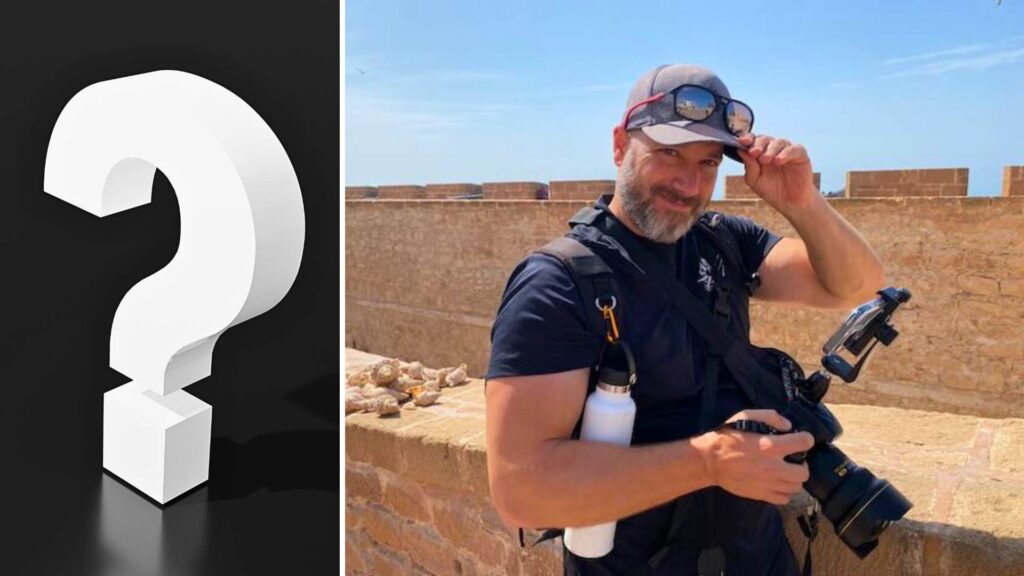
Travel Photography Made Easy answering commonly questions:
Understanding the Exposure Triangle
- What it is: The balance between ISO, shutter speed, and aperture.
- Tip: Master these settings to gain full control over your photos.
Choosing the Right Gear
- Tip: Start with a versatile lens like a 35mm or 50mm f/1.8 and learn your current gear before investing in expensive equipment.
Taking Sharp Photos
- Key Tips:
- Use good lighting for your subject.
- Stabilize with a tripod.
- Focus on the eyes for portraits.

Protography – Check Lighting Basics
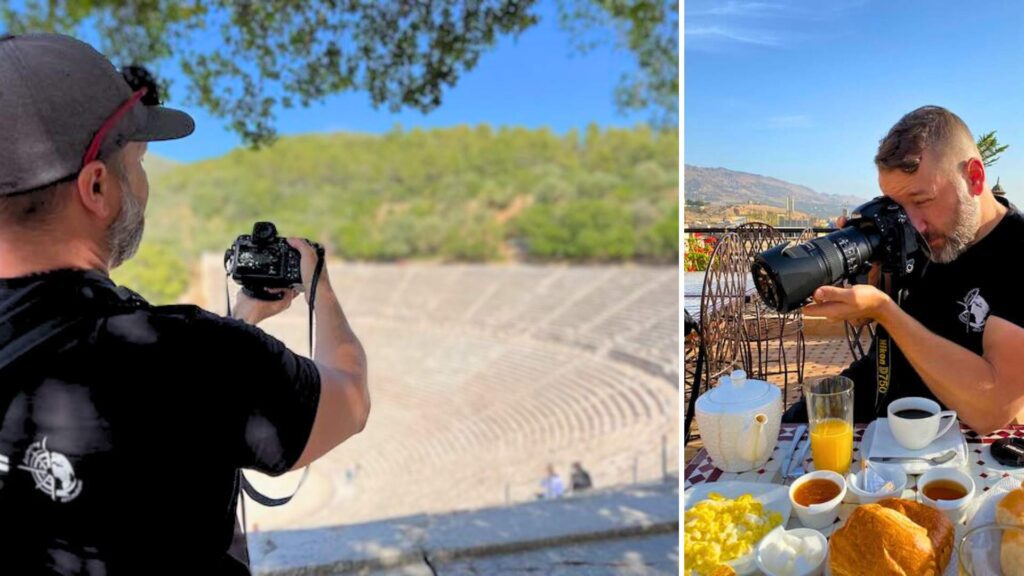
Travel Photography Made Easy – checking lighting basics:
Understand the Quality of Light:
- Tip: Soft, diffused light (like on overcast days) minimizes harsh shadows and is great for portraits, while direct sunlight can create dramatic effects. Use light creatively based on the story you want to tell.
Master the Golden Hour and Blue Hour:
- Tip: Golden hour (just after sunrise or before sunset) offers warm, soft light, while blue hour (just before sunrise or after sunset) provides cool, moody tones—perfect for landscapes and cityscapes.
Use Reflectors or Natural Surfaces:
- Tip: Reflectors or natural surfaces like light-colored walls can bounce light onto your subject, reducing shadows and enhancing details.
Avoid Midday Harshness:
- Tip: If you’re shooting at midday, look for shaded areas to avoid harsh lighting and overexposed photos.
Experiment with Artificial Lighting:
- Tip: If natural light isn’t an option, invest in tools like LED panels, softboxes, or even portable ring lights for controlled lighting setups.
Protography – Editing for Beginners

Editing is where the magic happens! Don’t worry—it’s not as complicated as it seems.
Start with a few simple tweaks, and you’ll see how quickly your photos can go from good to great.
Tip: I personally use Adobe Photoshop for my pictures because of its advanced features, but there are plenty of other tools you can try—even free ones like Canva or Snapseed. These are perfect for beginners who want to get started with basic edits before diving into more advanced software.

Focus on White Balance:
- Tip: Correcting white balance in editing ensures colors look natural. Experiment with cooler or warmer tones to match the mood you want to convey.
Crop for Composition:
- Tip: Don’t hesitate to crop your images to improve framing and focus on the main subject.
Learn the Histogram:
- Tip: Use the histogram in editing software to adjust exposure and balance highlights, shadows, and mid-tones effectively.
Use Presets as a Starting Point:
- Tip: Lightroom presets or editing templates can speed up the process. Start with a preset and tweak it to suit your style.
Avoid Overediting:
- Tip: Subtle edits are often more effective. Overly brightened photos or heavy filters can detract from the image’s natural beauty.
Sharpen Strategically:
- Tip: Apply sharpening selectively to the subject of your photo to maintain a natural look while enhancing key details.
Experiment with Shadows and Highlights:
- Tip: Adjust these settings to recover lost details in overexposed or underexposed areas, especially for tricky lighting conditions.
Start Your Photography Journey Today
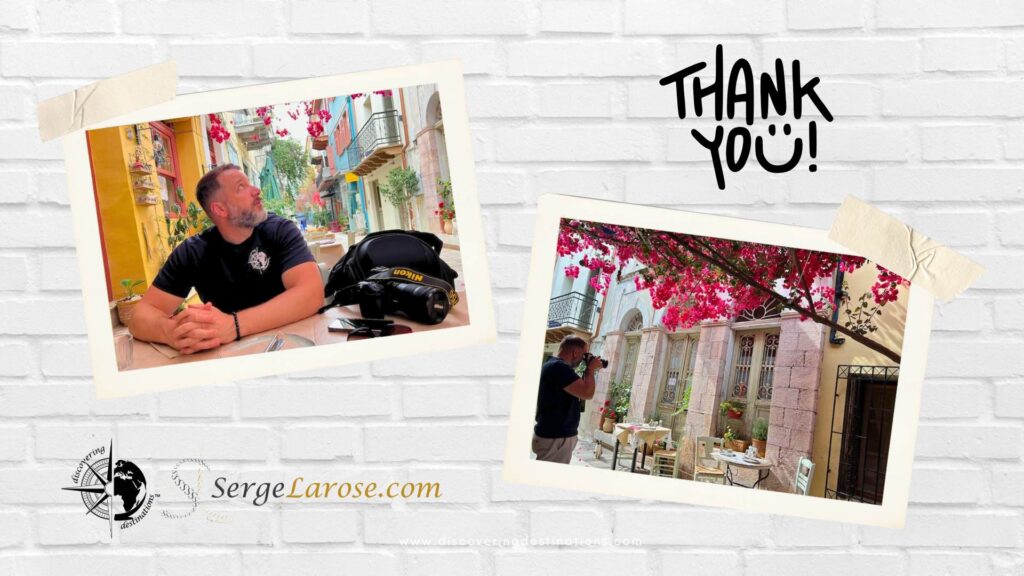
Photography has been an incredible journey for me, one that has allowed me to connect with the world in ways I never imagined. Whether you’re capturing moments from your travels, like I do with Discovering Destinations, or experimenting with still life, photography is a rewarding and creative outlet that can transform the way you see the world.
If my story has inspired you, I encourage you to grab your camera, start experimenting, and enjoy every step of the learning process.
Remember, it’s not about perfection — it’s about passion and growth. And if you’re looking for a little extra guidance, be sure to check out my gear recommendations and photography essentials through the affiliate links—they’re perfect for both beginners and seasoned photographers.
Let’s make your photography journey one to remember! – Serge Larose, Discovering Destinations
Check my Pictures my Travel Photos on Payhip and Shutterstock Photos & Images for Any Project!


